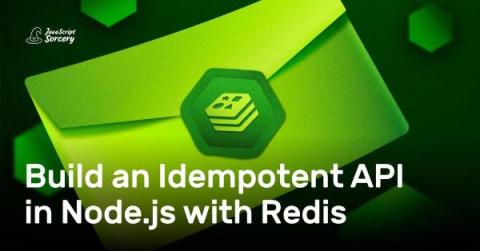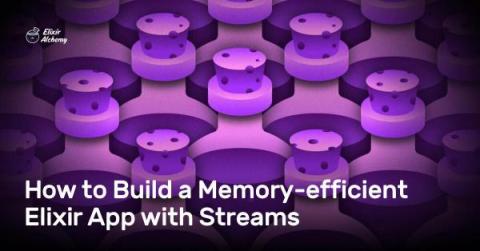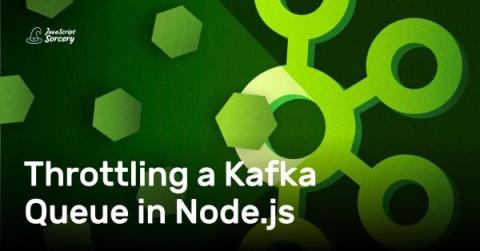Track Errors in Your Python Django Application with AppSignal
In this post, we will specifically look at using AppSignal to track errors in a Django application. We'll first create a Django project, install AppSignal, introduce some faulty code, and then use the AppSignal Errors dashboard to debug and resolve errors. Let's get started!











